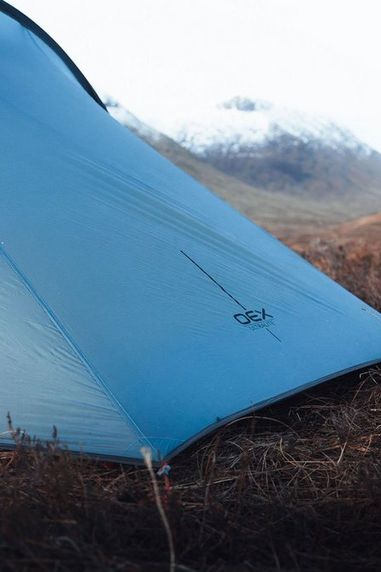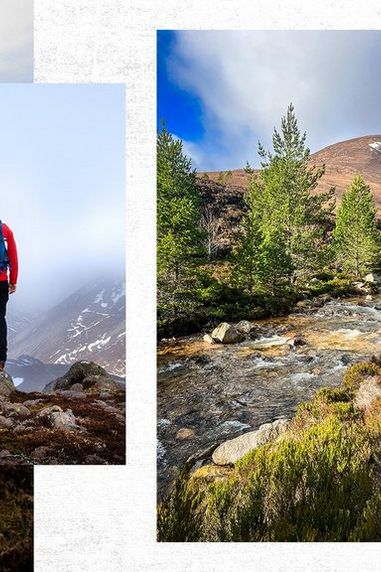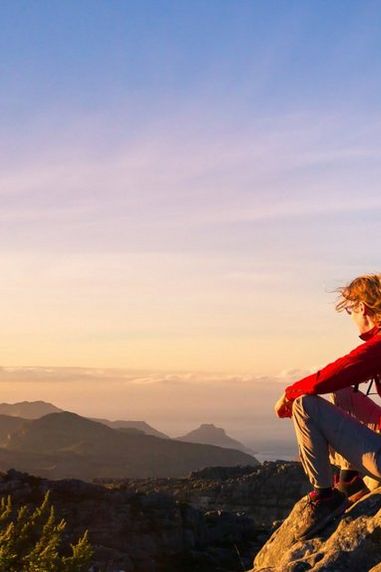
Buying a GPS can be a confusing experience- with so many models and lots of technical features, you can soon get lost in a sea of jargon. It can also be an expensive endeavour, and the last thing you want is to shell out hundreds of pounds on something you’re not going to use to its full potential. With our full GPS range back online at Blacks, we thought we’d talk you through some of the key features and things to look out for, so you can find the one that’s suited to you.
Usage
The first thing to ask yourself before you part with your well-earned cash is what you are going to be using your GPS for:
Co-ordinates or grid references: to check your location by taking a GPS reading and cross referencing it on a paper map, you only need a basic unit that has a worldwide base map. Something like the Garmin eTrex 10 will be perfect for this.
Geocaching: if you haven’t heard of geocaching before it’s basically a modern day treasure hunt. Goodies are hidden and tagged with a set of co-ordinates, this is a cache, and using these co-ordinates (found at Geocaching.com), you head out and try to find the cache using a GPS. Any basic GPS is suitable for geocaching, but many now have the capacity for paperless geocaching, which means you can download the co-ordinates straight your device. You might want to consider one of the top units for more advanced features like geo-tagging photos of caches or a bigger memory for storage.
Walking and expeditions: this is where the top units come to life. You need processing power to utilise large areas of mapping, so if you want to use a microSD card with the whole of GB on it for example, you need a more powerful device.
Why not just use my phone?

There are plenty of apps with mapping software available for smartphones now so people are using them more and more for navigation and geocaching. However, phones aren’t built for the outdoors- they’re not waterproof, they don’t have high sensitivity receivers and they don’t have the battery life to last all day. Most phones have a very basic GPS signal and won’t be reliable in remote areas, so there’s a high chance you could end up completely lost or with your battery running out. In short, relying on a phone to keep track of you out in the hills can be a dangerous business and is to be avoided.
Battery
Most units take 2 AA batteries, but keep an eye out for how long they are supposed to last in the unit’s specification, and in practical terms shave a few hours off this. A lot of units will take rechargeable batteries, and it’s always best to carry a spare pair with you and make sure they’re charged up before you go.
Some of the top units now feature a lithium-ion rechargeable battery- this is a great option as it means you can charge this up before you go out and not have to worry about messing around with AAs. If you like, buy a spare to have with you. Certain units, like the Garmin Montana or Oregon 600, have the option of lithium-ion or AAs, so you can combine the two for a massive battery life- great for long trips with heavy usage e.g. taking photos or logging lots of waypoints.
Touchscreen or buttons?

You might think this is silly question now we’ve all got smartphones and can’t live without the thumb swipe, but GPS touchscreens haven’t always matched up to their telephonic counterparts, and though most say they are glove friendly, when it’s freezing cold and you’ve got thick on gloves they aren’t always so responsive.
We say this may have all changed with the arrival of the Oregon 600, but if you are heading out into snow and icy conditions on a regular basis you might want to look at something with a button design. The Garmin GPSMAP 62s has stayed a firm favourite with keen GPS users thanks in part to its traditional interface and this is still worth considering.
Memory
Always check the memory of a device and weigh up whether it’s suitable for you. Some of the top units don’t necessarily have huge amounts of memory, and if you’re taking lots of photos, storing lots of geocaching or downloading extra maps, this is where the memory will come into play. If you buy extra maps as a microSD card, this won’t use the on-board memory, so it’s not as much of an issue.
Planning your route
With all modern units you can now plan your route on your PC before you head out- the software is free and downloadable to your desktop, for example Garmin’s own Base Camp. Plot your route on screen, download it to your device and follow your route when you’re out there. What’s more when you get back you can see the exact route you actually took then share it with friends or millions of other users.
Advanced Features: Jargon Buster

There are some technical features in the more advanced units, and these sometimes require a little bit of translation into basic English:
Barometric altimeter: this uses air pressure to give you detailed altitude readings, which can be important to pinpoint your exact location, as if you are on a very steep hill or incline, the GPS alone won’t be able to tell you exactly how far up/down you are. You can also use this to predict weather changes, as a quick spike in air pressure usually means there’s a storm coming.
3-axis tilt-compensated compass: this basically means you don’t have to hold the unit steady to get an accurate compass reading- which is quite handy when you’re on steep or rocky terrain or in blustery conditions when it’s hard to hold the GPS in a fixed position.
High sensitivity receiver: by the time GPS signals reach the Earth they are usually quite weak. A high sensitivity receiver is able to pick up a range of signals that a typical receiver can’t, which allows the GPS to lock on to a signal faster and more accurately in remote areas. Some units also use Hot Fix technology, which is quite clever- it uses signals from various satellites and predicts your movements to keep track of you under cover of trees of buildings.
WAAS-enabled: this stands for Wide Area Augmentation System- it’s basically a system that uses ground based stations to augment the GPS signal. It’s used by aircrafts for improved accuracy on approaches and landings, so the top units use this for improved signal accuracy.
Camera: some units will feature a camera, but in all honesty a lot of them aren’t so great so up until recently most people would have a better one on their phones. That’s all changed now though and some of the top units now feature excellent cameras- this is great for geo-tagging photos or just snapping away at some of the great views you find along the way. If you’re keen on taking lots of snaps then make sure you got a decent sized memory to store your images.
Final Word
So, with some of the main features you’ll encounter, the jargon explained and a little bit about usage, you should have an idea of what you need from a GPS. Have a play around with the unit before you head out, in a field or out on the street. Most are quite easy to use but you don’t want to be turning it on for the first time when you’re lost in the Cairngorms! And remember, on long walks and expeditions you should always carry a map and compass with you as backup in case you have any problems- as we all know, with even the most sophisticated technology things can still go wrong.
There’s hours of fun to be had with a good GPS, so get stuck in and it might just become your new favourite hobby.




Comments
To answer your question: it depends on which watch you have in mind. This article covers general GPS facilities across a range of watches. That said, most of the current generation of GPS watches are now accessible with the vast majority of sports-based apps on either iOS or Android systems.
It is important to make sure you select a multi-sport watch, rather than a dedicated running watch. From the current generation I suggest you have a look at the Garmin fenix 5 or fenix 5X - both of which work with a massive range of sports and apps.
I hope this helps. If you have any further questions feel free to ask. You may also wish to look at the updated version of this article "Know Your Tech" on our blog homepage.
Thanks
Neil @ Team Blacks
Sorry to hear that about your Fitbit. Hopefully, Garmin will steer you right though.
The Forerunner is technically a running watch. That said the 235 model would record your gym sessions using the 'other' activity mode. Then, in the Garmin Connect app you can categorise your workout as interval, strength, elliptical, etc. The data will then be represented based upon your chosen exercise.
Alternatively, If you're feeling flush. The new Garmin Instinct is a truly multi-activity watch. With everything from running too wild swimming built-in. It's brand new, came out last week in fact and is basically a scaled-down version of the premium Fenix 5.
Hope this helps. Let me know if you have any more questions.
Thanks
Sam
Our tech expert does not have that much experience with this model. The only thing we can suggest is a master reset. Google search: 'hard reset garmin etrex' and follow the instructions. But be aware this will erase ALL the data from your device and we can not be accountable for any data lost.
Thanks
Sam
Almost all Garmin GPS devices can be mounted on the bike with the purchase of a model-specific mount. I would recommend taking a look at the Oregon 700. This has all the functionality and software you could want for detailed hike/ride planning - as well as a very good battery life and full colour mapping display.
Hope that helps!
Best,
Neil@Blacks